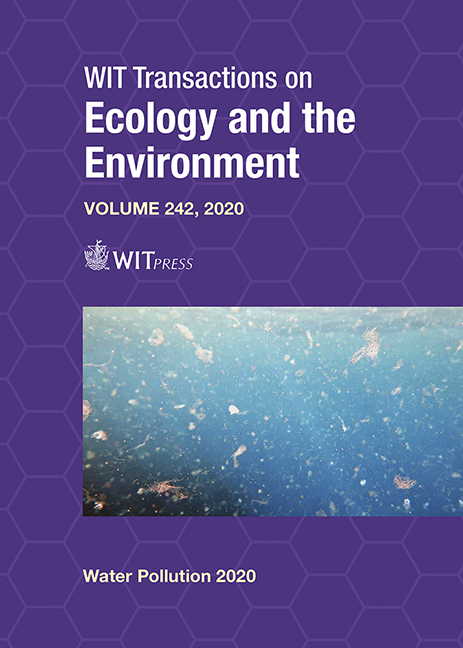NATURE-BASED WATER TREATMENT SOLUTIONS AND THEIR SUCCESSFUL IMPLEMENTATION IN KATHMANDU VALLEY, NEPAL
Price
Free (open access)
Transaction
Volume
242
Pages
12
Page Range
121 - 132
Published
2020
Paper DOI
10.2495/WP200111
Copyright
WIT Press
Author(s)
ZUZANA BOUKALOVÁ, JAN TÌŠITEL, BINOD DAS GURUNG
Abstract
Surface and groundwater in cities and downstream urban areas may suffer from serious pollution from point and diffuse sources from upstream and in-catchment, which might have a negative impact on the ecology, quality of life and land values of the city. Enhanced nature-based treatment solutions (such as constructed wetlands) have the potential to remove pollutants from the water (e.g. storm water, urban runoff, river water and wastewater) that will lead to improved water quality and water use efficiency. Such natural treatment measures, when well organised and integrated into the overall urban planning and design, can also contribute to climate adaptation by reducing drought/flood risk and constitute attractive components of the urban landscape. The constructed wetlands are a strategic nature-based technology for Nepal, where discharge of untreated wastewater into rivers, lakes or any other water body is a common practice. Constructed wetlands are highly efficient in removing organic, insoluble substances and some pesticides, and their construction and operation are both simple and cost-effective. However, the main conditions of the successful implementation of the constructed wetlands in Nepal (and the other developing countries) should be clearly stated. Legislation and standards in Nepal are weak and, therefore, wastewater treatment is not a priority for city governments and private institutions. Despite constructed wetlands being a low-cost technology, it might be difficult to convince people to pay for their wastewater treatment. The key issue is “who” takes the responsibility for their maintenance and how this responsibility is defined and granted. Our paper discusses the best and worst practices in the Kathmandu Valley and the conditions that could influence the successful implementation of the nature-based treatment solutions in developing countries more generally.
Keywords
water management, nature-based water treatment solutions, constructed wetlands, pollution control, land management, communities, Nepal





